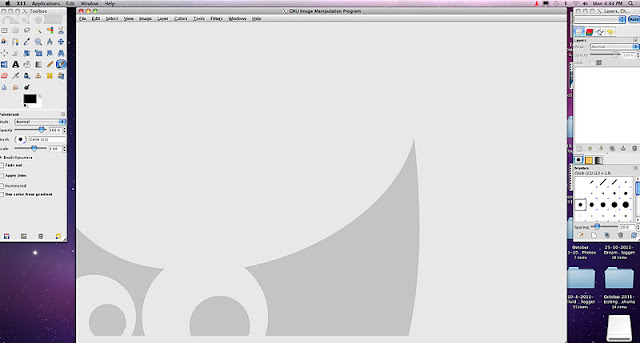Sunday, October 30, 2011
Canon T1i and T3i
Canon Camera Comparison
I asked Canon USA how to go about obtaining equipment for testing. I got a "slight runaround" from 1 phone reply operator who said that I should speak to someone above him who is in charge of this function. I didn't bother then, and I waited. As luck would have it, I was able to buy a Canon T3i at a very good price. The T3i is an 18 megapixel camera, compared with my current 14 megapixel camera.
I'll probably send my blog address to the canon person and see if that will help me obtain the equipment to test.
I'll probably send my blog address to the canon person and see if that will help me obtain the equipment to test.
I don't expect much change in terms of the 14 to 18 megapixel jump, but we'll see when I compare images later. I haven't spent much time with the camera, as out dog Buddy was I had to take him to the emergency vet. Therefore, I'll be adding to this episode later in November.
The Canon T1i
Older Model with the Battery Grip
The Canon T3i
Newer Model
One of the great decisions that I made was to purchase the Canon T1i battery grip. I like it for 2 reasons. The first is that it gives me a more substantial "feel" to the camera. The older PDE (Pre Digital Era) camera were substantial in the sense that they had weight and were metallic. I miss that tactile feeling. Having the grip makes the camera bigger and it's easier to grasp without worrying that it might slip out of your hands! The second reason that I like the grip is that I can shoot 500 dual Raw and 14 Megapixel files and not worry about the batteries going dead on me. Of course, Canon warns you that the battery charge is low before the camera simply stops working.
I'll spare you all of the specifications for now. If you want to get a better knowledge of a camera, try to rent it from your local pro camera shop if possible. You might want to ask if any rental costs could be used towards the purchase of any camera that you might be interested in.
In terms of selection, I personally think that most DSLR (Digital Single Lens Reflex) camera are very good or excellent. If you're a "Pro" maybe you need to shoot 10 frames per second in darkness with low noise and an ISO of 12,800, and then make an enlargement of 32" x 40" (80cm x 100 cm) at 300 dpi,but I don't need to (yet!), and most of us don't have to. By the way (BTW), I also have this opinion about most cars, that I can afford.
Here's my first item for testing
A Cropped Bear Head
File size is about 5.18 megapixels or .38 Megapixels more.
However, overall, the image would be 4 megapixels more.
Right now, I'm thinking that there probably won't be a big difference in an enlargement.
You might want to try those programs that boast about increasing the size of a photo without damaging the image quality. I write about this in 1 installment. The caveat is that you need to have a large enough file size for this to work. I'm not "crazy" about these programs, but you can download one and try it out for 10-30 days.
Again though, when is the last time you made anything larger
than an 8"x10" (20 cm x 25 cm) enlargement?
A Cropped Bear Head
The file size is 4.79 megapixels
So far, not much difference.
Keep in mind that if you like to upgrade your camera, then it's worthwhile to do so while your current camera is still marketable. My T1i is still on the market, so if I wanted to sell it, I could still get 60-70% of its' original value.
The corollary to this also holds true. If you don't mind a slightly used camera, then if you're going to go from a digital camera (fixed lens, no SLR mirror), then buy a used camera. Of course, do a bit of homework on the camera, and bring a memory card to test the camera out. Better still, if you have a trustworthy camera store in your area, buy a used camera from them.
There's only so much that a camera will do, even as the cameras advance.
DSLRs are like computers. For a fixed amount of money, you are able to buy the next generation or second to next generation camera for the same price.
The next generation of cameras will have better CPU (computer chips) to be able to actually do HDR within the camera itself. They'll also be faster and have more megapixels. Again though, do you really need to have every photo that you take "perfect"? And don't forget how software is advancing. I have some of the latest software, but I only use about 20-40% of a program for any image that I work on. So the same principal for me might apply. Photoshop CS5 is probably just as good for most people as CS5, and Photoshop Elements 10 is probably just as good for most of your needs as well. Even less-expensive programs than Photoshop will work, and don't forget, there is GIMP, a free program. Oh, and most cameras come with your basic image improvement software as well.
To Be Continued......

























































